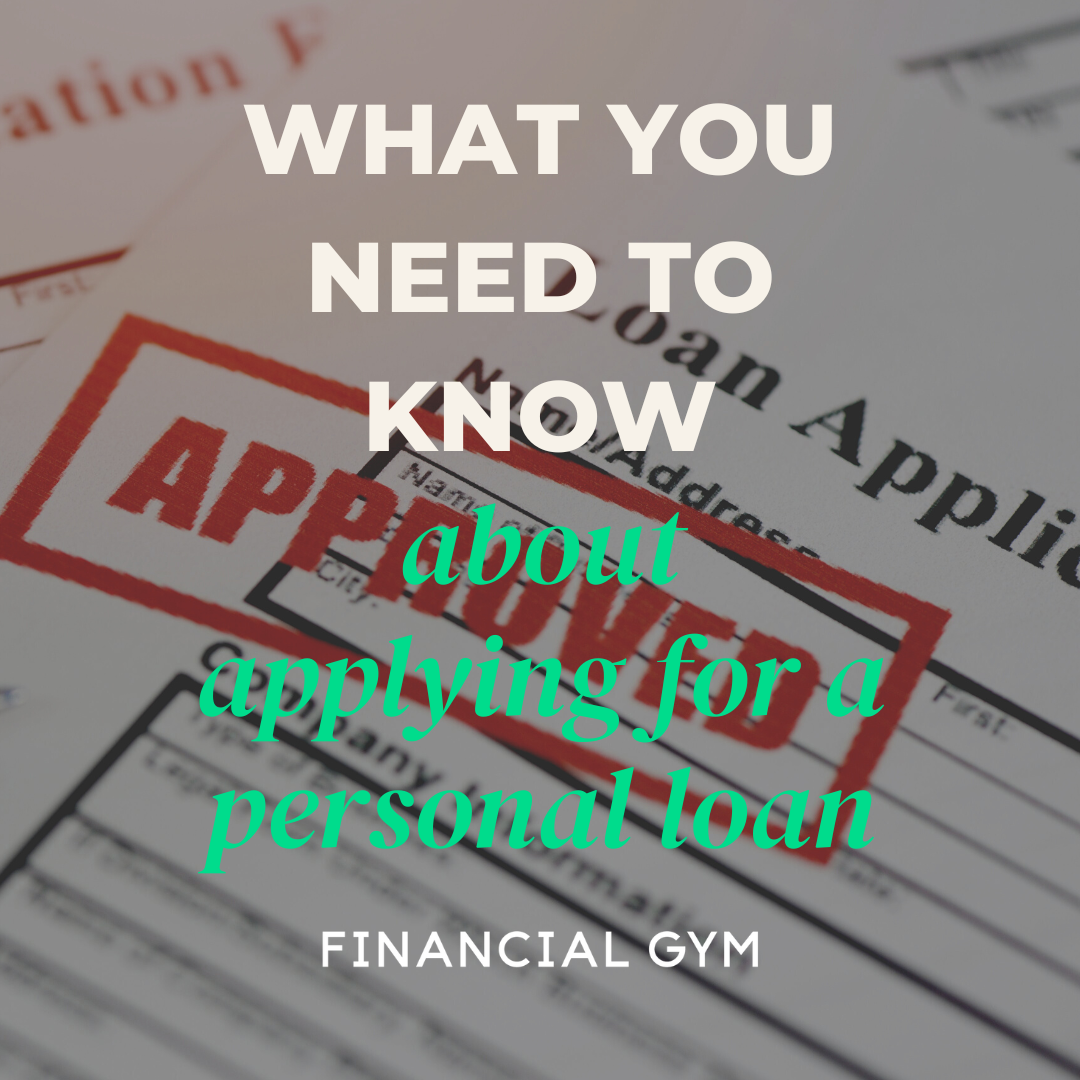What You Need to Know About Applying for a Personal Loan
This post contains affiliate links and The Financial Gym may earn a commission on products that you purchase or apply for through these links. To learn more about why TFG participates in affiliate programs, read this message from our CEO.
Opinions expressed here are the author's alone, not those of any bank, credit card issuer, hotel, airline, or other entity. This content has not been reviewed, approved or otherwise endorsed by any of the entities included within the post.
Not all available financial products and offers from all financial institutions have been reviewed by this website.
A personal loan can be a useful tool for paying off credit card debt once and for all. Rather than juggling multiple credit cards with variable interest rates, you can just make one fixed monthly payment. Here is what you should know about applying for a personal loan:
Calculate how much you need
If you’re getting a personal loan to consolidate credit card debt, add up the total balance of all your credit cards. This is the number you want to receive after all fees are taken into account. Some personal loans have an origination fee, which is an upfront fee for processing the loan. An origination fee will be deducted from your loan amount. For example, if you take out a $20,000 personal loan with a $1,500 origination fee, you will only receive $18,500. That means that if you need $20,000 to cover our credit cards, you’ll need to take out at least $21,500.
Check prequalification offers
Personal loan offers can vary widely by lender, so you should check multiple options. Many lenders will show you pre-qualification offers without a hard pull of your credit. This will give you an idea of your potential rates along with monthly payment amounts before committing to apply.
Compare APRs, not interest rates
When it comes to personal loans, make sure that you are comparing apples to apples. A personal loan offer may have both an interest rate and an annual percentage rate (APR)—and they may or may not be the same. APR takes the total cost of the loan (including fees like origination fees) into account so it’s the best number to use when comparing offers based on cost.
Choose a payment that fits in your budget
Your monthly payment will be determined by the amount you borrow, the interest rate, and the length of the loan. Generally, the length of the loan will make the biggest difference in your payment amount among the offers. For example, a $20,000 personal with an interest rate of 12% would have a monthly payment of $445 over five years, but a monthly payment of more than double that for a two-year loan. Depending on your budget, it might make more sense to take the longer loan and make the higher payment when you can, but that way you aren’t locked into it.
Submit an application
Once you decide on an offer, you can submit an official application. Application requirements vary but you will likely need some of the following info:
Personal information such as name, birth date, social security number, and address
Employment and income information
Purpose of the loan
The rates may be slightly different than the pre-qualification offer so if the actual offer isn’t what you were expecting, you can still apply elsewhere. Submitting an application does result in a hard inquiry on your credit report so it’s best to shop multiple rates in a short window when most credit scoring models tend to count multiple hard inquiries for the same type of loan as one.
Pay off your cards
Generally, personal loan funds will be directly deposited into your bank account. Use the funds to pay off your cards as soon as possible to avoid the chance any money of that money gets spent on something else first. Set up automatic payments for your new loan and take steps to ensure that you won’t use the credit cards again.
Ready to take your finances to the next level?
To get started, schedule a free 20-minute consultation call to speak to a member of our team. We will ask you a few basic questions to get to know you more, walk you through our financial training program steps, and answer any questions you may have. No pressure to join! Need advice quickly? Talk to one of our Trainers on Demand.

